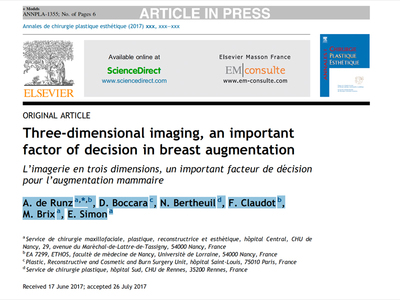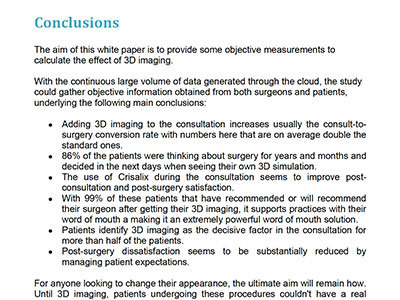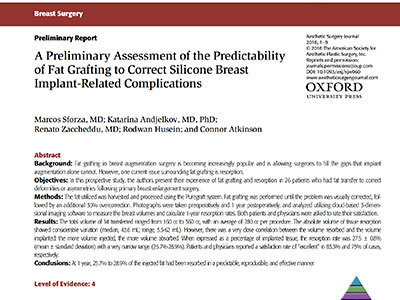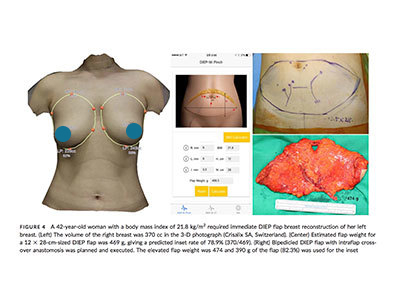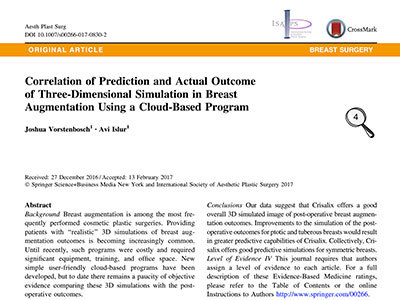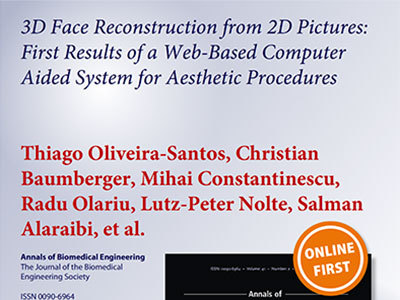Crisalix Bewertungen & Rezensionen©
Wussten Sie, dass 1 über 95 % der Patienten Bewertungen und Beurteilungen für grundlegend halten, bevor sie sich für einen Arzt oder eine Klinik entscheiden 2 94 % sagen, dass sie aufgrund schlechter Bewertungen diejenigen vermeiden, die ein negatives Feedback haben? Daher ist es wichtig, so viele Bewertungen wie möglich zu sammeln und sicherzustellen, dass sie so positiv wie möglich ausfallen. Klingt logisch, oder? Aber wie lässt sich das erreichen?
Kontaktieren Sie uns und finden Sie heraus, wie Sie Ihr Vertrauensniveau erhöhen können.
